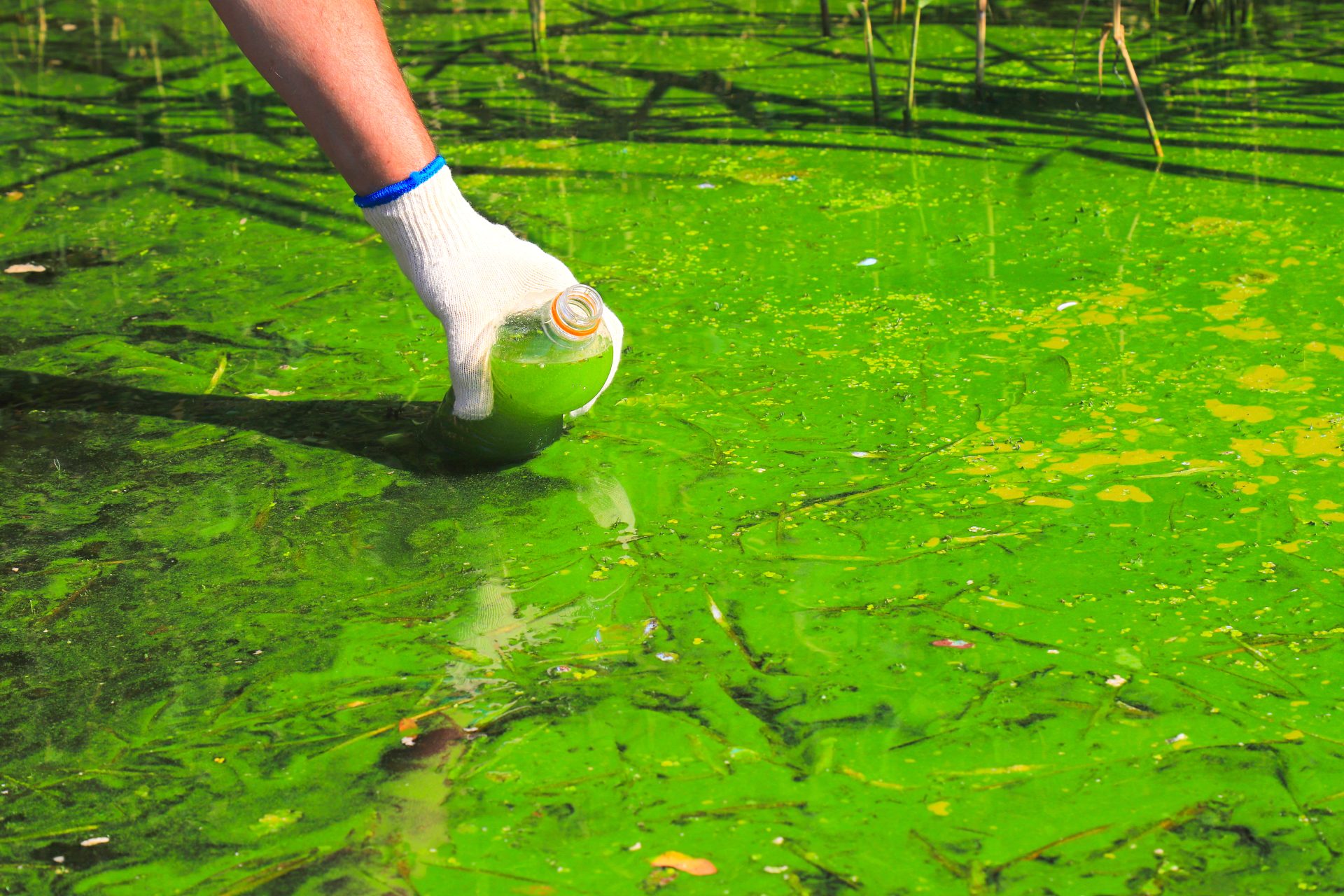
Oceans CHANGING COLOR—Why You Should WORRY!
New satellite data show that the world’s oceans are quite literally changing color—an alarming signal of deep ecological shifts linked to climate change. What might seem like subtle hues from space actually reveal major disruptions in marine food webs, fisheries, and the planet’s carbon cycle.
At a Glance
• MIT and U.K. researchers report that 56% of ocean surfaces have changed color over 20 years
• Tropical oceans are growing greener as phytoplankton patterns shift due to warming
• The phenomenon affects food chains, fish migration, coral health, and carbon absorption
• California waters are seeing species shifts as fish follow cooler zones northward
• Experts call these color changes an early warning of broad marine ecosystem disruption
What the Research Shows
According to AP News, new findings published in Science confirm that ocean color changes correlate strongly with rising temperatures. MIT scientist Stephanie Dutkiewicz explained that increasing greenness reflects rising levels of chlorophyll—a proxy for shifting phytoplankton populations.
The research tracked two decades of satellite imagery, revealing that warming seas are transforming marine ecosystems from the poles to the equator.
Why Color Change Matters
Ocean color provides a direct view into plankton blooms—the base of the entire marine food web. As National Geographic reports, disruptions in phytoplankton can cascade through fish populations, whales, seabirds, and global fisheries.
Watch: How ocean color reveals climate change
Phytoplankton also absorb massive amounts of atmospheric CO₂. If their patterns shift or decline, the ocean’s capacity to slow climate change could weaken.
Coral Reefs, Fisheries at Risk
Rising sea temperatures and reduced oxygen are already causing mass bleaching: according to The Guardian, more than 84% of coral reefs now show signs of stress.
Meanwhile, California researchers tracking species shifts report that fish like anchovies and tuna are moving northward as local waters grow greener and warmer, a trend confirmed by the Times of India.
What Comes Next
Scientists urge continued satellite monitoring to map ongoing changes and refine climate models. Marine conservationists stress the need for adaptive fisheries management as species relocate and food webs restructure.
Ultimately, ocean color change is a warning: our seas are transforming beneath the surface. Acting on this knowledge—through science, conservation, and policy—may be key to protecting the planet’s largest ecosystem.